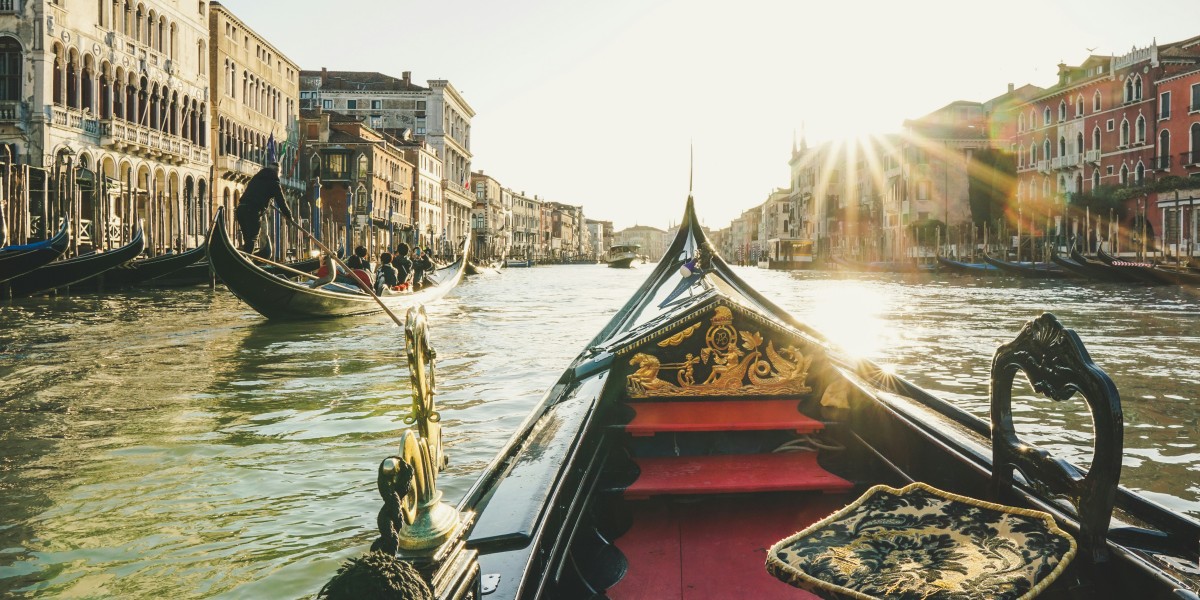
Italy isn’t just renowned for its exceptional food and great fashion sense—it's also a living museum, home to more UNESCO World Heritage Sites than any other country on the planet. For centuries, Italy has been at the crossroads of civilisation, with empires and artists leaving their mark in different ways. You'll stumble across ancient Roman ruins, Renaissance cities, and mindblowing religious frescoes, as well as dramatic natural wonders such as active volcanoes and epic karst caves. The Italian landscape is dotted with places recognised for their universal cultural or natural value.
How many UNESCO World Heritage Sites are in Italy?
Italy proudly sits at the top of the UNESCO charts, with more World Heritage Sites than anywhere else in the world. In 2025, the number stands at 60 sites, and it’s always a bit of a race with China as new spots get added. Italy’s relationship with UNESCO goes back to the 1970s when the rock drawings in Valcamonica were added to the list in 1979, giving Italy its first World Heritage site. Since then, every few years, a new gem makes it onto the list.
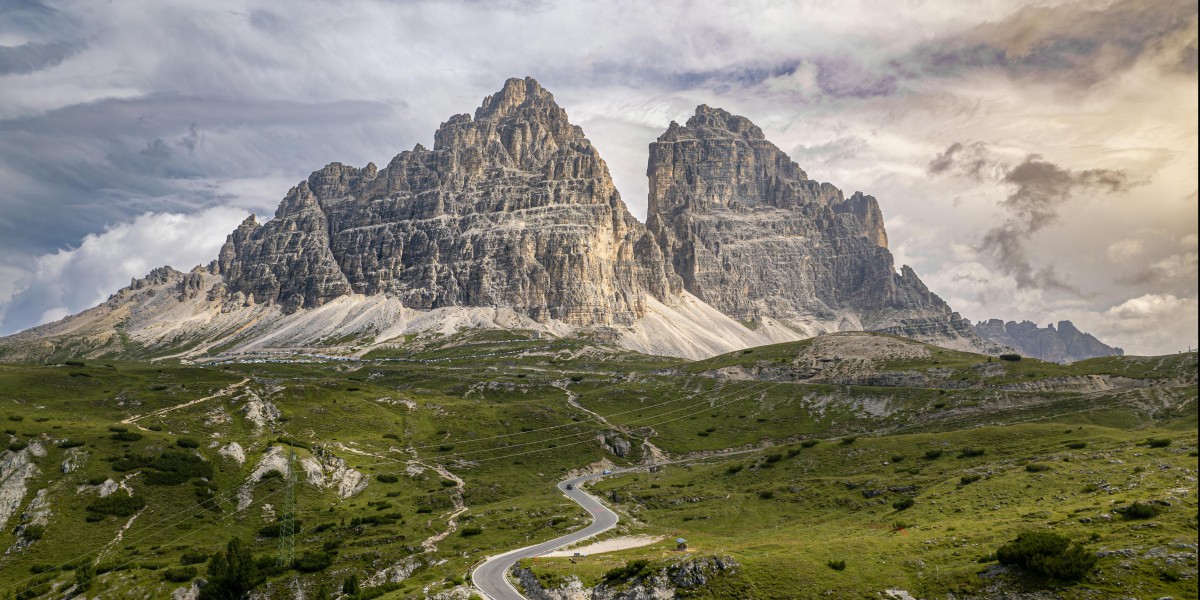
What makes UNESCO World Heritage sites in Italy special?
What’s truly special about Italy’s collection of UNESCO sites is the incredible variety. It’s not all ancient ruins and Renaissance art, although you’ll find plenty of that. The list covers pretty much every chapter of Western civilisation. You’ve got entire Roman cities frozen in time, like Pompeii and Herculaneum, where you can walk down the same stone streets people did two thousand years ago. Then there are the centres of vast empires, like historic Rome itself, which is a sprawling, living museum.
It’s also the landscapes that make the list so unique. Think of the dramatic, terraced vineyards of the Prosecco Hills of Conegliano and Valdobbiadene, or the sheer limestone peaks of the Dolomites. These aren’t just beautiful places; they’re recognised for the unique relationship between humans and nature over the centuries.
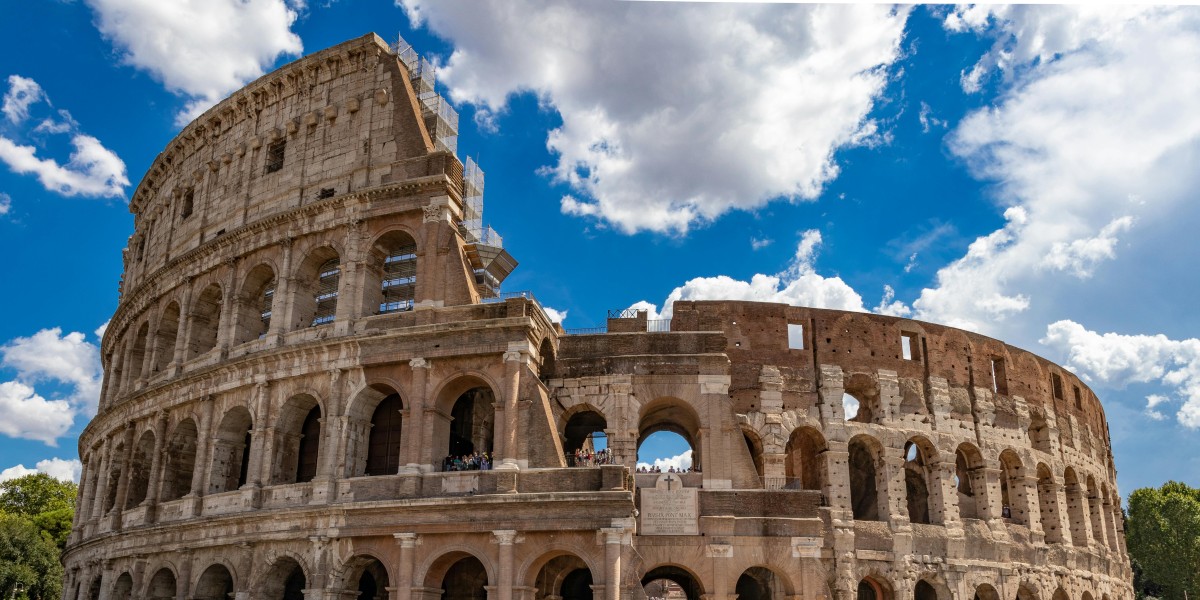
Perhaps the most amazing part for someone thinking of living here is the number of entire historic centres that are designated sites. You could literally rent a flat in the historic heart of Florence, Naples or Siena and be living inside a World Heritage Site. Your morning walk for a caffè would take you past monuments that have shaped world history. It’s this living, breathing connection to the past, woven into the fabric of daily life, that makes Italy’s heritage so utterly compelling.
UNESCO World Heritage sites by Italian region
To get your head around where these sites are, it helps to break Italy down by region. You’re never far from a place of historical or natural importance, no matter where you base yourself.
Up north, you get a real mix. There are the staggering natural landscapes like the Dolomites, but also elegant cities like Verona and the cityscape of Venice and its lagoon.
The centre of Italy is where you find the heavy hitters of the Renaissance and the Roman Empire. Tuscany is packed with them, with the historic centres of Florence and Siena being prime examples, alongside the sprawling heritage of Rome.
Head south, and the history shifts again. You have the raw, ancient power of Pompeii near Naples, and the distinctive cone-shaped trulli houses in Alberobello, Puglia.
And don't forget the islands. Sicily and Sardinia have their own unique heritage sites that tell stories of different conquerors and ancient civilisations, from the Arab-Norman architecture in Palermo to the mysterious Nuragic ruins of Su Nuraxi di Barumini in Sardinia.
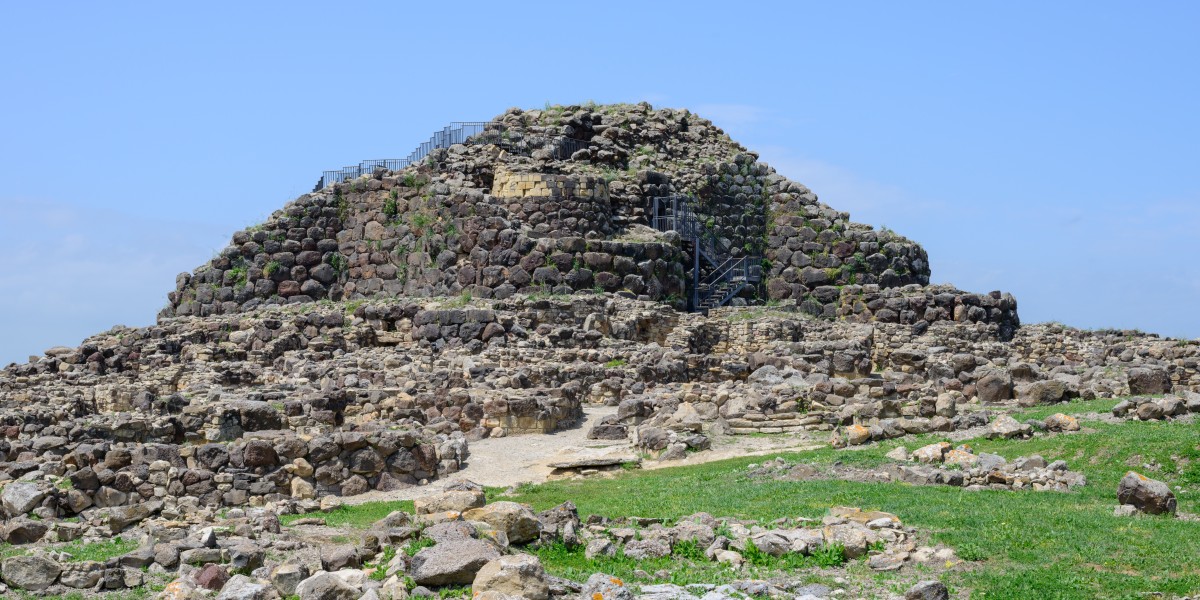
The UNESCO selection criteria and Italy’s heritage
So, how does a place get the coveted UNESCO nod? It's not just about being a pretty town or an impressive ruin. The site has to have "outstanding universal value," which basically means its importance transcends national borders and matters to all of humanity.
A site might be chosen because it's a masterpiece of human creative genius, like Leonardo da Vinci's 'The Last Supper' in a convent in Milan. Or it could represent a significant interchange of human values over time, which you can see in the mix of architectural styles in Sicily’s Arab-Norman Palermo. The focus is often on exceptional examples of cultural heritage, whether that’s a type of building, a technological innovation, or an artistic movement.
But it’s not all about man-made structures. The list also protects outstanding natural heritage. These are chosen for their exceptional natural beauty or because they represent major stages of Earth's history.
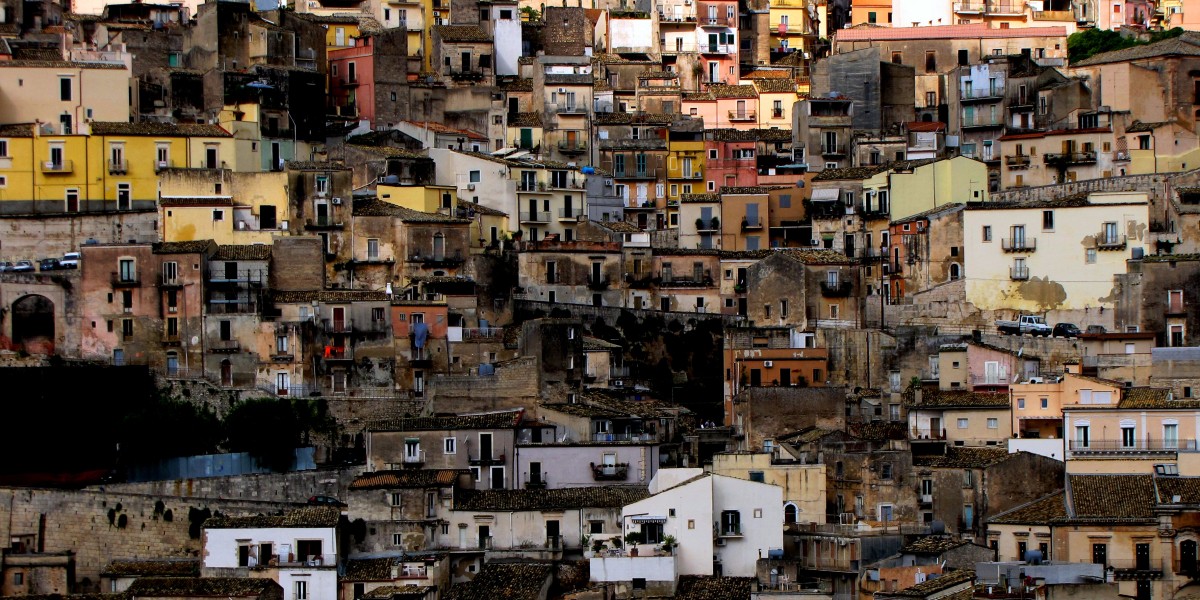
Enjoying Italy’s UNESCO World Heritage sites
- Booking ahead is non-negotiable for the headline sites like the Colosseum or the Uffizi Gallery. To avoid spending half your day in a queue, get your timed-entry tickets online weeks or even months in advance.
- Try to visit during the off-season. Heading to these spots between November and March means you'll find them much calmer.
- It’s crucial to remember these are protected heritage sites, so being a mindful visitor is key. Sticking to marked paths, respecting the rules on photography, and generally being conscious of your impact helps with the ongoing preservation efforts.
- Don't forget to think about the logistics. While many sites are right in the heart of cities, others, like sprawling archaeological parks, are further out. A quick check on local transport options or whether you might need a car will save you a lot of hassle on the day.
- And finally, look beyond the main attraction. After you’ve seen the famous monument, wander a few streets away to find a small, family-run trattoria. It’s the best way to get a real feel for the place and support the local community that keeps its spirit alive.
Italian cities as World Heritage sites
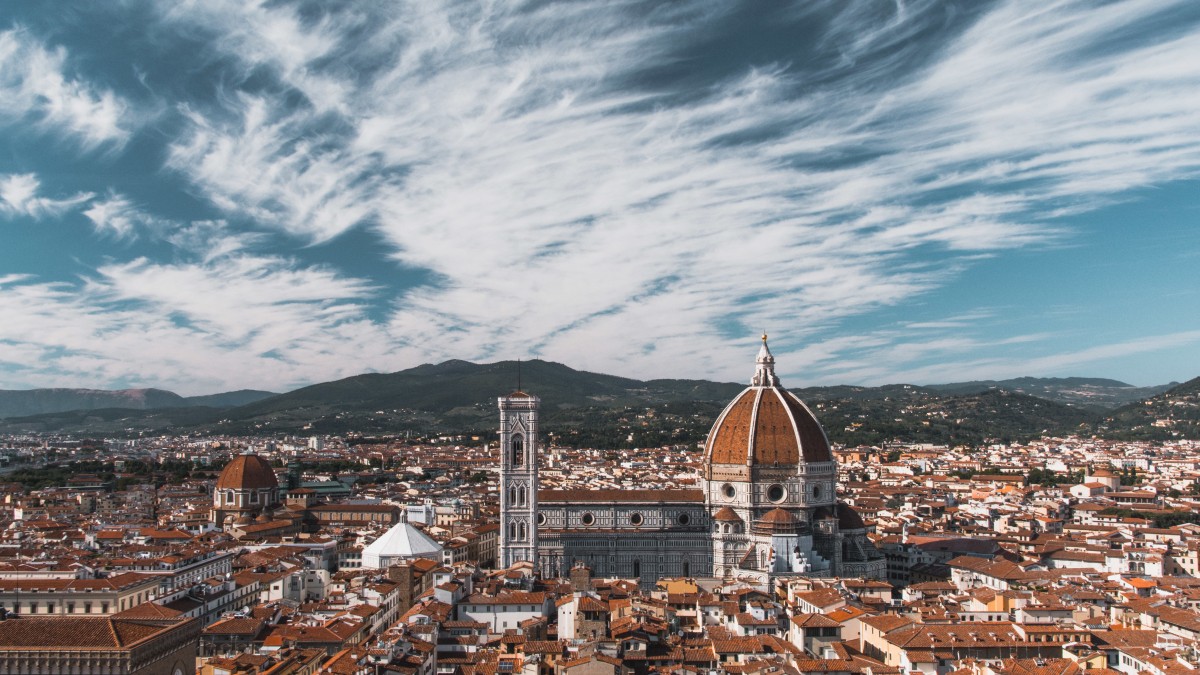
One of the most remarkable aspects of Italy’s UNESCO list is that it doesn’t just recognise individual buildings or monuments. In many cases, it’s the entire historic heart of a city that's UNESCO protected. This means the winding medieval streets, the grand Renaissance piazzas, and the centuries of architecture are all considered part of one vast, living museum.
- Rome: the site here is enormous, covering everything from the ruins of the Roman Forum and the Colosseum to the religious and artistic treasures of the Vatican City.
- Florence: known as the cradle of the Renaissance, the historic centre of Florence is protected for its extraordinary concentration of art and architecture. The site includes landmarks like the Duomo, the Uffizi Gallery, and the Ponte Vecchio.
- Venice: the designation for Venice is unique as it includes not just the city itself but its entire lagoon. It’s recognised as an unparalleled architectural masterpiece where even the smallest buildings contain works by some of the world's greatest artists.
- Naples: the historic centre of Naples is one of Europe's oldest cities, and its street plan still reflects its Greek origins. The site is protected for its immense wealth of historic buildings, churches, and castles that show its layered history.
- Siena: this city is the quintessential Tuscan Gothic city. Its historic centre is recognised as a masterclass in medieval urban planning, perfectly preserved around the magnificent Piazza del Campo.
- Verona: the city of Verona beautifully represents 2,000 years of history, with its Roman amphitheatre, medieval structures, and Renaissance palaces all contained within its historic fortifications.
